An awe-inspiring look at Europe’s tallest skyscrapers that reshape city skylines.
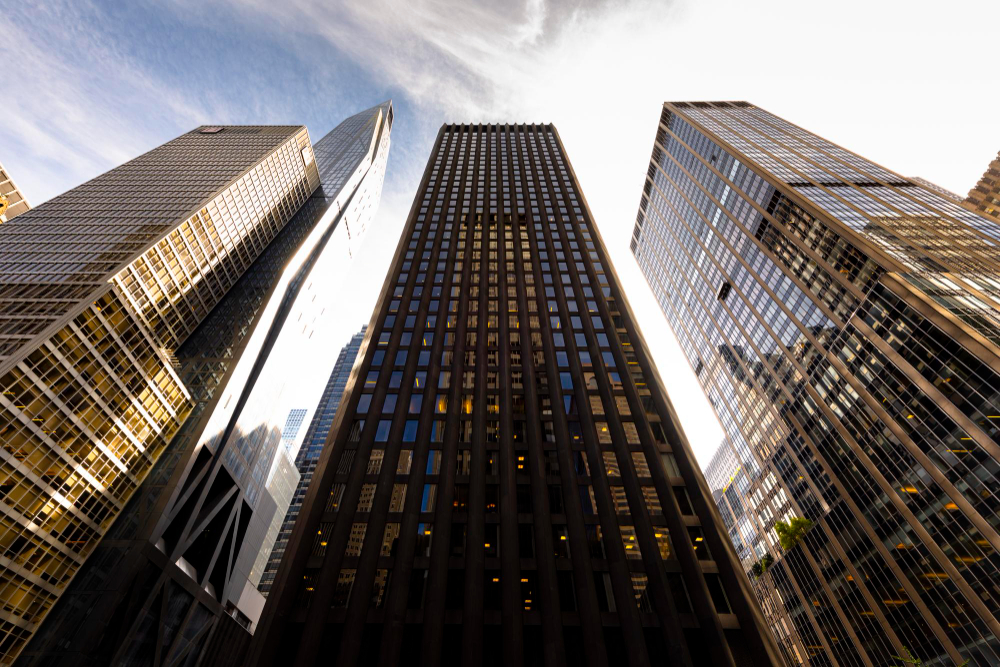
Europe’s skyscrapers are reaching breathtaking new heights, transforming historic skylines with modern marvels of architecture. From the bustling financial districts to revitalized urban centers, these towering structures are as impressive as they are symbolic of progress. Discover the nine tallest skyscrapers in Europe that are pushing the limits of engineering and design, each one adding a unique presence to the continent’s most iconic cities.
1. Lakhta Center, St. Petersburg – The Pinnacle of Russian Architecture
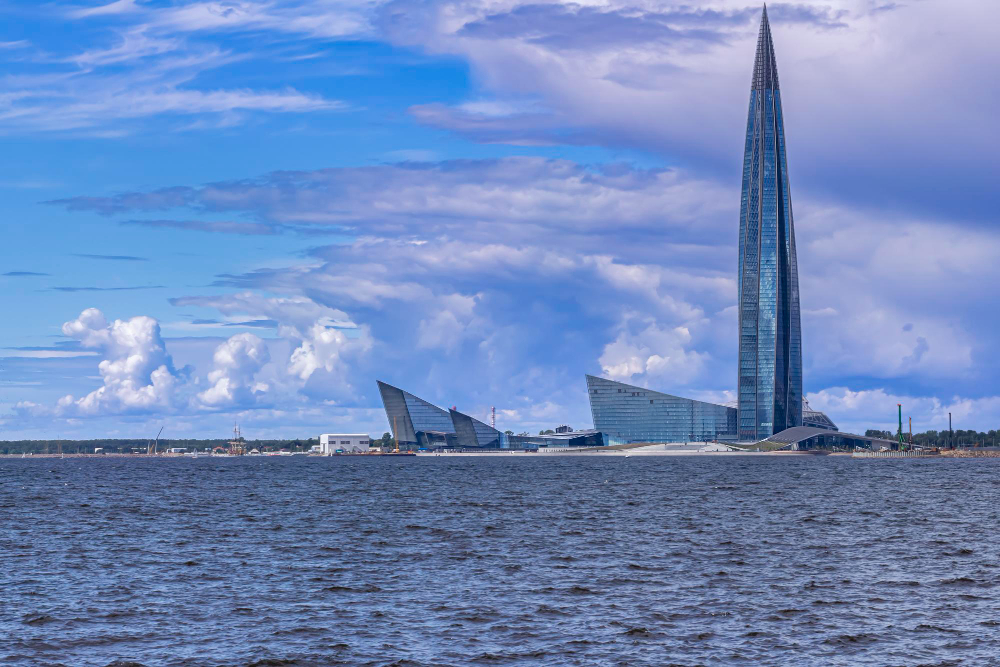
Soaring to an astonishing 462 meters, the Lakhta Center in St. Petersburg holds the title of Europe’s tallest skyscraper. Completed in 2019, this sleek, twisting tower houses offices, a science and education center, and observation decks offering panoramic views of the city. The Lakhta Center’s design resembles a flame, symbolizing energy and innovation. As a model of eco-friendly architecture, it incorporates advanced technology to minimize environmental impact, making it as green as it is grand.
2. Vostok Tower, Moscow – An Icon in the Financial District
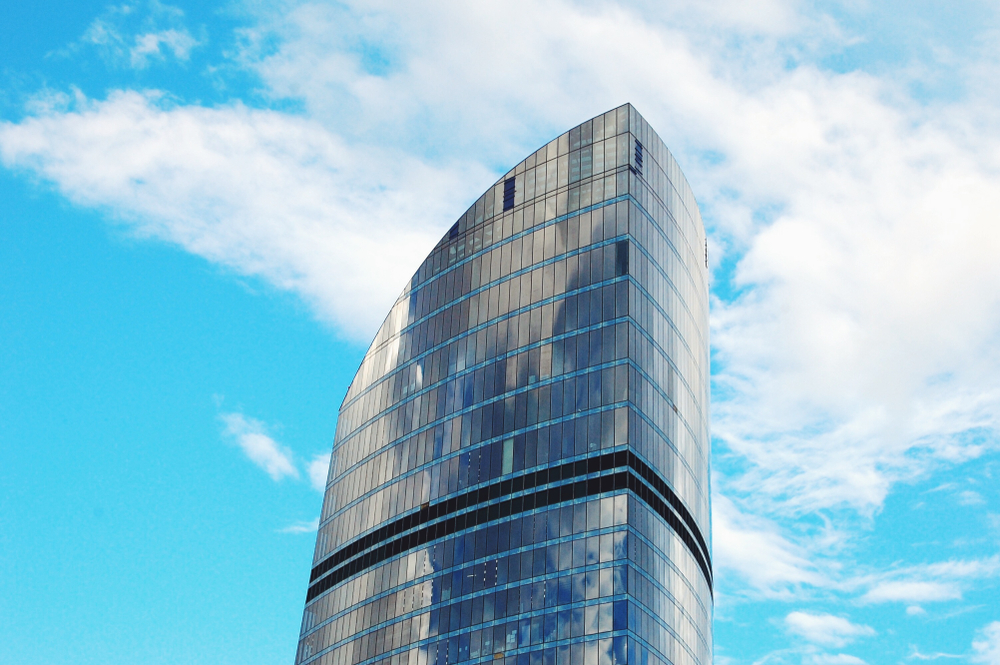
The 373-meter Vostok Tower stands proudly in Moscow’s financial district as part of the Federation Towers complex. Completed in 2016, it hosts offices, luxury apartments, and an observation deck that draws visitors eager to see Moscow from above. This skyscraper’s double structure is designed to withstand seismic activity, a unique feature that highlights the innovation of Russian engineering. Vostok Tower’s commanding presence redefines the Moscow skyline, showcasing the city’s forward-looking spirit.
3. OKO Tower, Moscow – A Testament to Moscow’s Growth
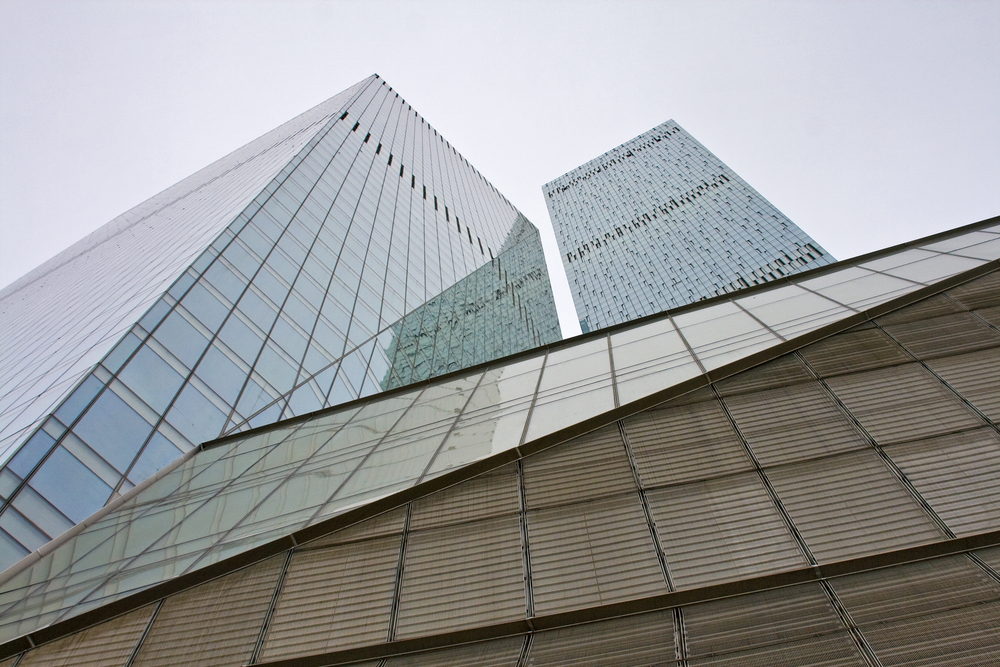
At 354 meters, OKO Tower in Moscow is one of the city’s tallest structures, completed in 2015 as part of the Moscow International Business Center. Known for its crystalline appearance and elegant architecture, OKO Tower includes both residential and commercial spaces, along with a range of luxury amenities. The tower’s name, meaning “eye” in Russian, reflects its panoramic views and symbolic connection to the city’s vision for growth and modernization.
4. Mercury City Tower, Moscow – Setting Records with Distinction

Completed in 2013, Mercury City Tower was briefly Europe’s tallest building at 338 meters. With its distinctive copper-colored glass facade, it stands out in Moscow’s skyline and is renowned for its sustainable building practices. Mercury City Tower includes both office spaces and residential apartments, designed with energy efficiency in mind. Its unique look and green credentials make it a standout not just in height but also in environmental awareness.
5. The Shard, London – A Symbol of Modern London

The Shard, a 310-meter marvel in London, is the tallest building in Western Europe. Completed in 2012, its glassy, pyramidal shape gives it a shard-like appearance, hence the name. It houses offices, restaurants, a hotel, and an observation deck with unparalleled views over the city. The Shard has become an iconic symbol of London’s modern skyline, harmonizing contemporary architecture with the city’s historic landscape in a visually stunning way.
6. Varso Tower, Warsaw – Poland’s Architectural Triumph
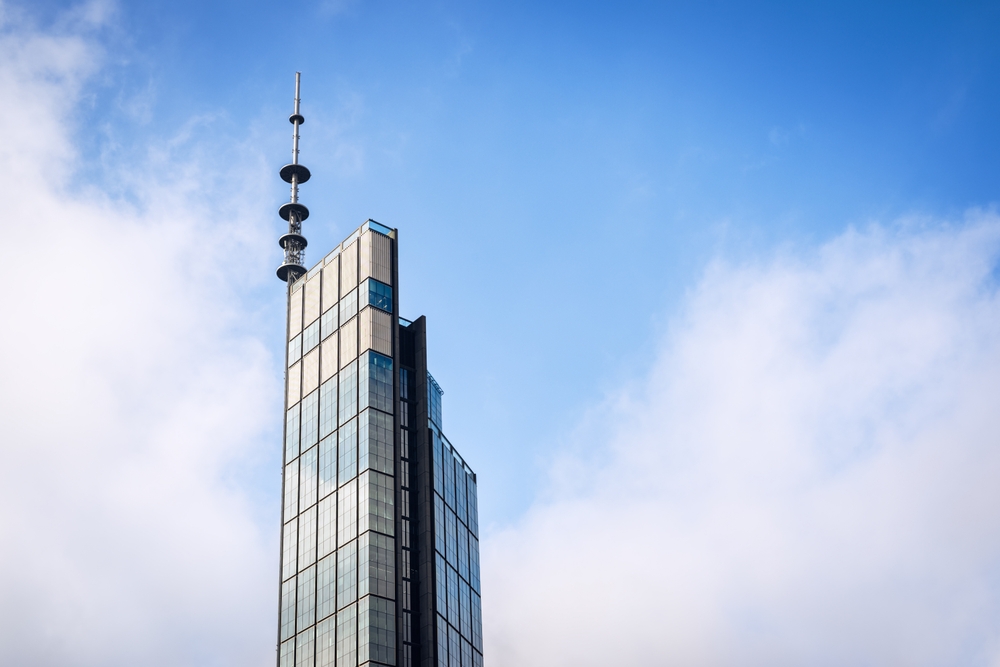
At 310 meters, Warsaw’s Varso Tower is not only Poland’s tallest building but a symbol of its economic growth. Completed in 2022, Varso Tower is part of a larger complex that includes offices, shops, and restaurants, blending work and leisure in one location. Its observation deck is the highest in the European Union, offering sweeping views over Warsaw. Varso Tower exemplifies modern design while respecting the cultural heritage of its surroundings.
7. Eurasia Tower, Moscow – Bridging East and West
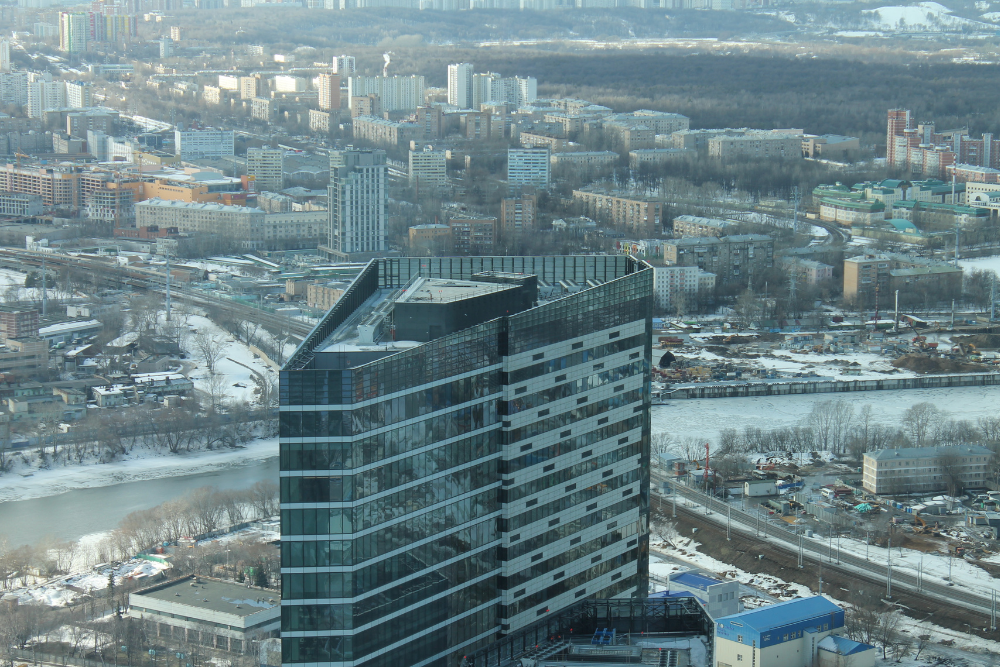
Rising to 309 meters, Eurasia Tower in Moscow was completed in 2014 and combines both residential and office spaces. Its hybrid steel-concrete structure makes it highly resilient, while its glass facade reflects Moscow’s dynamic energy. Located in the heart of the Moscow International Business Center, Eurasia Tower symbolizes the blending of Eastern and Western influences, embodying Moscow’s role as a global, interconnected city.
8. Capital City Moscow Tower, Moscow – A Twin Tower Marvel
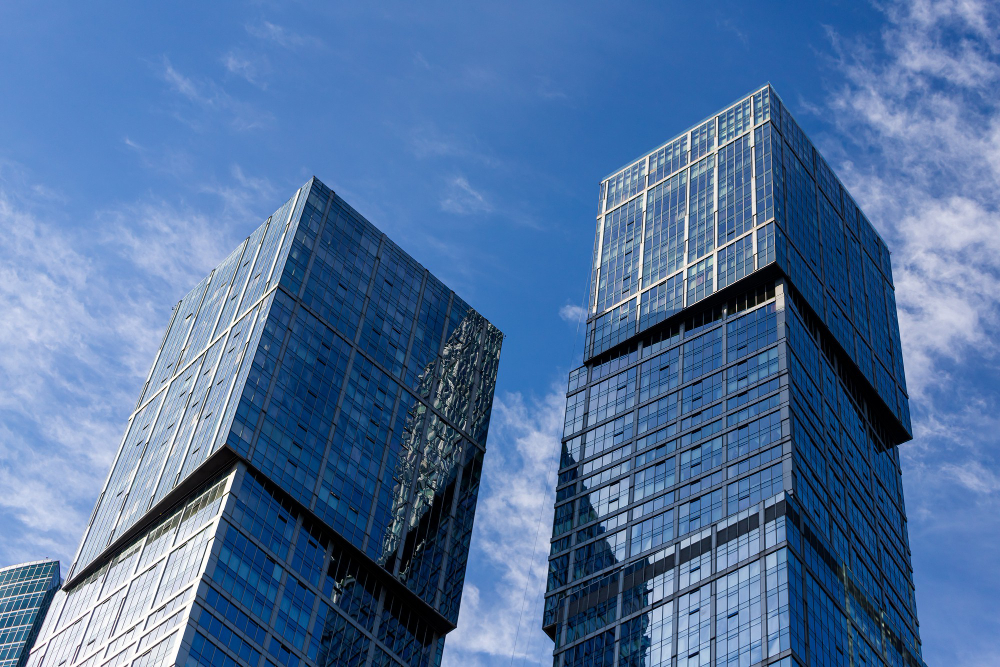
Part of the Capital City Towers complex, Moscow Tower reaches 302 meters and was completed in 2010. Alongside its twin, St. Petersburg Tower, it reshaped the city’s skyline and established Moscow’s place among Europe’s most modern cities. With apartments, offices, and recreational areas, Moscow Tower brings an urban lifestyle to new heights. Its design features a unique, multicolored facade that gives it a lively and distinguished look within the Moscow skyline.
9. Torre de Cristal, Madrid – Spain’s Reaching Heights
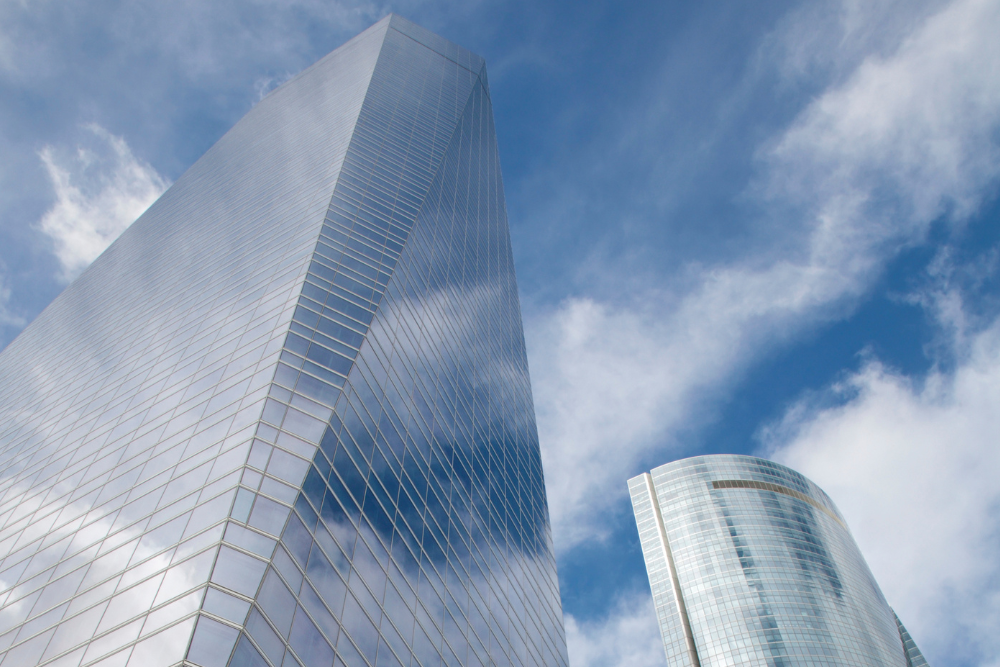
Standing at 249 meters, Torre de Cristal is Madrid’s tallest building and the highest in Spain. Completed in 2009, this sleek skyscraper houses offices and is crowned with a beautiful rooftop garden, an unexpected green space at such altitude. Torre de Cristal’s minimalist design embodies sophistication and innovation, blending seamlessly with Madrid’s diverse architectural landscape. This tower is a statement of Spain’s advancement in both aesthetics and environmental design.
